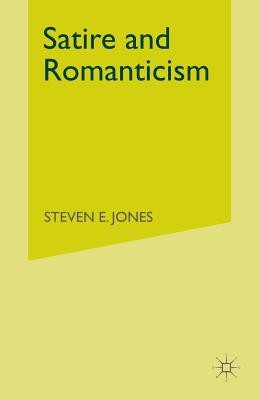
- We will send in 10–14 business days.
- Author: S JONES
- Publisher: Palgrave Macmillan
- ISBN-10: 1349425826
- ISBN-13: 9781349425822
- Format: 14 x 21.6 x 1.5 cm, softcover
- Language: English
- SAVE -10% with code: EXTRA
Reviews
Description
This remarkable study of the constructive and ultimately canon-forming relationship between satiric and Romantic modes of writing from 1760 to 1832 provides us with a new understanding of the historical development of Romanticism as a literary movement. Romantic poetry is conventionally seen as inward-turning, sentimental, sublime, and transcendent, whereas satire, with its public, profane, and topical rhetoric, is commonly cast in the role of generic other as the un-Romantic mode. This book argues instead that the two modes mutually defined each other and were subtly interwoven during the Romantic period. By rearranging reputations, changing aesthetic assumptions, and re-distributing cultural capital, the interaction of satiric and Romantic modes helped make possible the Victorian and modern construction of 'English Romanticism'.
EXTRA 10 % discount with code: EXTRA
The promotion ends in 19d.12:12:28
The discount code is valid when purchasing from 10 €. Discounts do not stack.
- Author: S JONES
- Publisher: Palgrave Macmillan
- ISBN-10: 1349425826
- ISBN-13: 9781349425822
- Format: 14 x 21.6 x 1.5 cm, softcover
- Language: English English
This remarkable study of the constructive and ultimately canon-forming relationship between satiric and Romantic modes of writing from 1760 to 1832 provides us with a new understanding of the historical development of Romanticism as a literary movement. Romantic poetry is conventionally seen as inward-turning, sentimental, sublime, and transcendent, whereas satire, with its public, profane, and topical rhetoric, is commonly cast in the role of generic other as the un-Romantic mode. This book argues instead that the two modes mutually defined each other and were subtly interwoven during the Romantic period. By rearranging reputations, changing aesthetic assumptions, and re-distributing cultural capital, the interaction of satiric and Romantic modes helped make possible the Victorian and modern construction of 'English Romanticism'.


Reviews